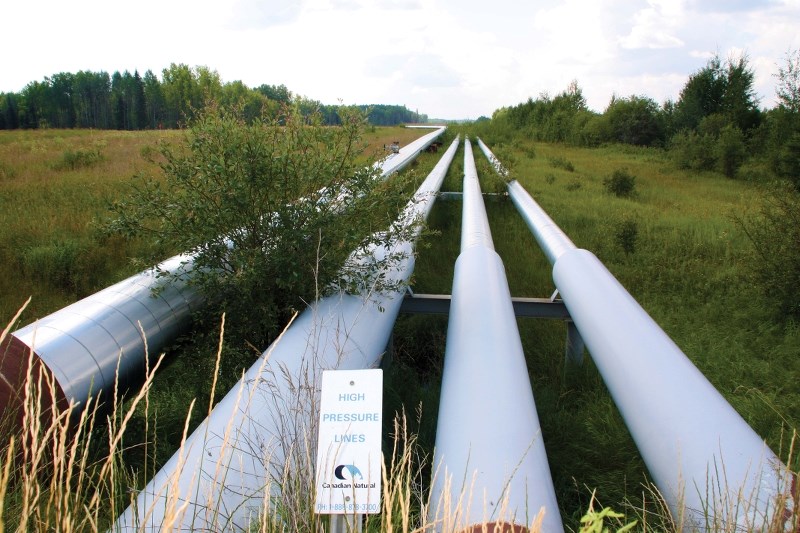Four organizations, including Environment Canada, are still investigating the release of bitumen emulsion at the four CNRL Primrose sites 45 kilometers northwest of Cold Lake.
The Alberta Energy Regulator (AER) originally reported the spill on June 24, with bitumen emulsion seeping to the surface at one of the sites since May 20.
The AER, Alberta Environment and Sustainable Resource Development (ESRD) and CNRL have been doing their own investigations over the course of the past two and a half months and continue to clean up the site and mitigate damages. Environment Canada arrived at the sites two weeks later.
“Environment Canada's Enforcement Branch is currently assessing the situation with respect to federal environmental and wildlife laws within its jurisdiction, and has opened an investigation,” said Environment Canada spokesperson Mark Johnson, who declined to provide any further comments.
CNRL confirmed the investigation by Environment Canada, saying that officials arrived on site July 4 and have followed up with additional information requests.
“Environment Canada has been involved since the incidents were initially reported and we are working with all levels of government and regulators, including Environment Canada, in understanding the incident, the cause, and our plans going forward,” said CNRL spokesperson Zoe Addington in an email to the Nouvelle.
As of Aug. 31, CNRL was reporting that bitumen was still seeping to the surface at all four locations at a combined rate of less than 20 barrels per day.
“As we clean up each site, we are focused on minimizing the environmental impact on the surrounding areas,” wrote CNRL on its website. “We have designated decontamination areas and dispose of all used personal protection equipment, absorbent materials, vegetation and soil off-site at specially designed waste management facilities.”
Over the course of the clean-up the AER has also been providing up-to-date information on its website. As of Sept 6, there had been 1,444 cubic meters (9,082 barrels) of bitumen emulsion recovered from the surface. As well, 494 metric tones of impacted oily vegetation have been recovered from the site.
According to the AER, the number of animals impacted has been two beavers, 43 birds, 104 amphibians and 40 small mammals.



